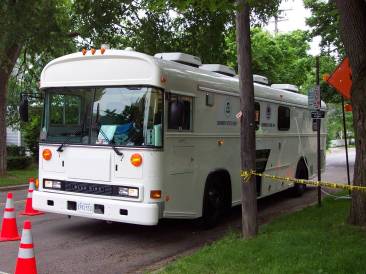
EPA uses the term TAGA (Trace Atmospheric Gas Analyzer) to refer to both the analytical instrument and the mobile laboratory built around it. This versatile mobile monitoring system offers a variety of services to assist various groups within EPA to conduct investigatory and environmental enforcement activities in a cost-effective manner.

This instrument is the TAGA MS/MS which is a triple quadrupole mass spectrometer. This instrument monitors in real time and figures out what type of organic or inorganic chemicals are in a sample at the parts-per-billion level. For those of you who want the details, the MS/MS is capable of monitoring with positive or negative ionization using either low pressure chemical ionization (LPCI) sources or atmospheric pressure chemical ionization (APCI) sources.

This is the Low Pressure Chemical Ionization (LPCI) Source. This source is used to analyze aromatic and halogenated hydrocarbons.

This is an Agilent gas chromatograph with an electron capture detector, a photo-ionization detector, and a mass selective detector. Whew that's a lot of words! Basically the gas chromatograph analyses for volatile organic compounds (VOCs).
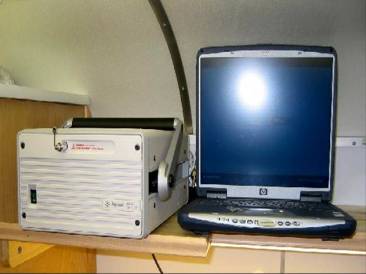
While this might look like a box and a computer screen, it's really an Agilent MicroGC which is a gas chromatograph. This is a very sensitive instrument that allows EPA to analyze for permanent gases like O2, N2, CH4, CO, and CO2 at very low levels.
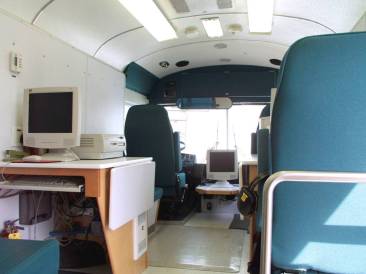
Here we see the TAGA data acquisition station on the left and the TAGA data reduction station on the right. Data acquisition refers to the gathering of source data for data entry into the computer. Data reduction refers to the transformation of raw data into a more useful form.
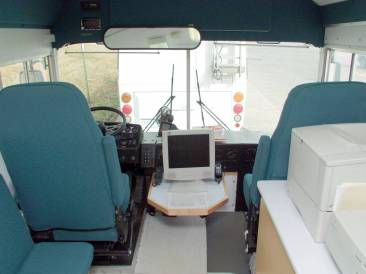
Passenger bench seat is where residents are asked to sit as their locations are monitored. Having the resident on board during the TAGA monitoring allow them to ask questions as well as an opportunity for the EPA personnel to explain data. These discussions allow for information transfer and trust to develop.
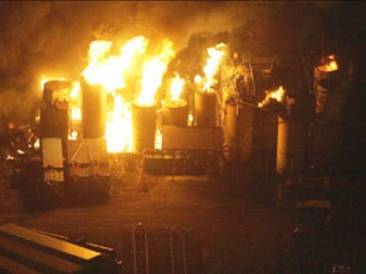
The TAGA executes air monitoring, sampling, and analysis during emergency responses. This particular image is of Romulus, Michigan from 2005 when the EQ Recovery Plant caught fire.
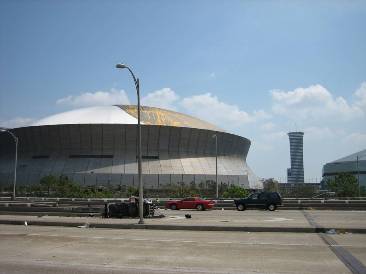
Air monitoring, sampling, and analysis are also executed by the TAGA during natural disasters. This is image is from after Hurricane Katrina in New Orleans, Louisiana (2005).
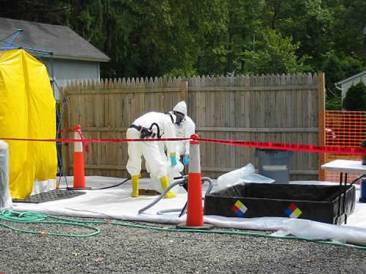
The TAGA has also been used during anthrax fumigation operations. The TAGA is used to to monitor outside ambient air to ensure that no unacceptable off site impacts occurred thus protecting the health and safety of the nearby population.
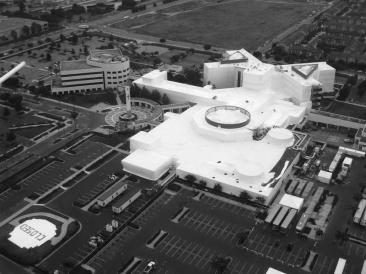
This is a photo of a facility where chlorine dioxide was used for mold fumigation. At this site the TAGA was used to perform outside ambient air monitoring to make sure that chlorine dioxide was not released to the outside environment during mold fumigation operations.
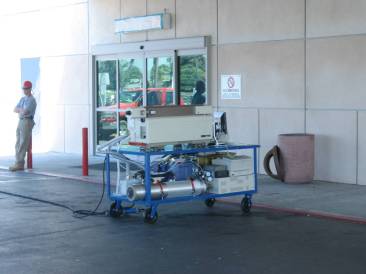
This is a prototype of the TAGA on a cart. It is powered by batteries with power distribution via an uninterruptible power supply to sample in areas where we can't fit the TAGA bus!
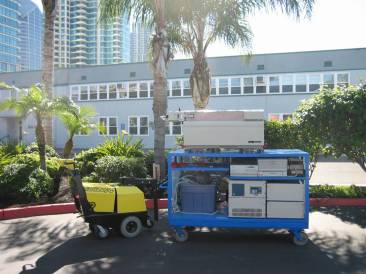
Here's the cart TAGA again being pulled with a battery powered tug. With this type of real time monitoring equipment EPA is able to quickly and accurately take samples which help us make decisions about responder safety, public health and environmental protection.